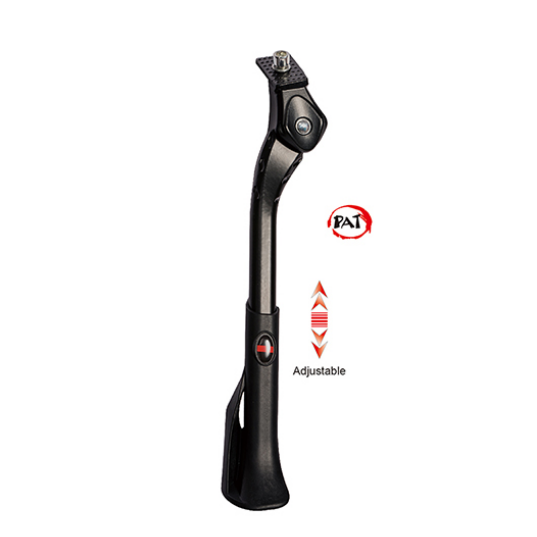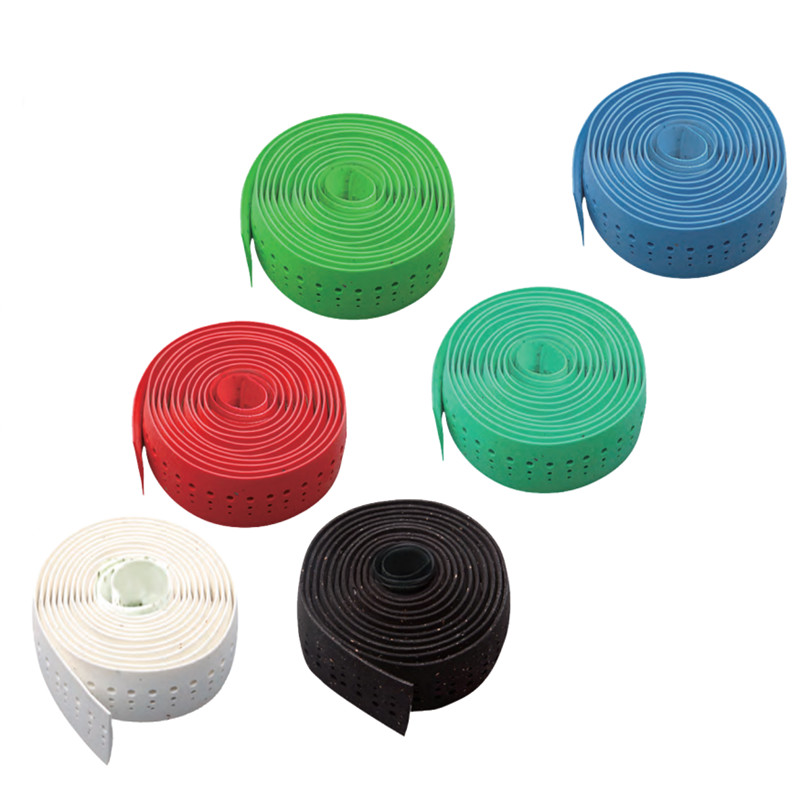Ask Lee Zieke how long it takes to complete one of her handwoven willow baskets, and she’s likely to reply with a riddle:
“When do I get to say I started?” she says with a grin. “Was it when I planted those willows? When I harvested? Was it when I graded them to size? Let them dry? Re-soaked them?” Cycling Clothes

For visitors to Willowglen, the answer is clear. This verdant acreage outside of Decorah, Iowa, offers ample evidence that the pieces grown and crafted here come from a lifetime of skill-building and tending the land. Willow patches and prairie flowers sway in the breeze just steps from a barn-like workshop that is filled with handicrafts, tools, and produce recently harvested from the garden. Zieke and her husband, Lindsay Lee, have lived and worked here for more than four decades, in a partnership as interwoven as any basketry they create.
The couple, who met as high schoolers in Cedar Rapids, named the place Willowglen long before Zieke had what she calls her “awakening” to the plant. They bought the property in the early 1980s, turning a former cornfield into a destination flower nursery. As naturalists, landscapers, and artisans, they could make their living in a way that complemented their lifestyle. Driftless-area gardeners turned to Zieke and Lee for growing advice and inspiration along with the allium, verbascum, and other perennials they offered for sale.
The couple began to cultivate various species of willow to use and sell to other weavers after Zieke attended a basket-making workshop in the Amana Colonies under the acclaimed folk artist Joanna Schanz.
“When I first started weaving, I would go hunt wild willow for material,” Zieke says. She was instantly enamored with the art form. “If you’re a serious basket maker, you’re gonna go find a way to grow willow. It’s the only way to get it in any quantity.”
Inspired by European willow farms, they use traditional coppicing methods. Cutting branches near the base encourages shoots as tall as six feet to regenerate each year. This makes willow one of the original dimensional building materials and an attractive renewable choice for today’s sustainability-minded crafters.
“Coppice is fascinating to me because it predates the saw,” Lee says. “Prior to the Iron Age, you could take a sharp stone and hack off the plant and six stems would come up the following year.”
Although they’re winding down their commercial operation, Zieke and Lee’s commitment to craftsmanship and bond with the willow-working community keeps them growing.
After closing the nursery in 2010, Zieke and Lee were able to dedicate more time to taking and teaching classes at folk schools across the Midwest. They team up to teach at places like the nearby Vesterheim Folk Art School, and the North House Folk School in Grand Marais, Minnesota. North House Folk School program director Jessa Frost says the full spectrum understanding Lee and Lindsay have of their materials creates a unique opportunity.
“The closer you can get to those resources you need to make the craft, the more holistic and, I think, meaningful and authentic the experience,” Frost says. “[Lee and Lindsay] are able to infuse that knowledge into their basketry classes in a way that is really special for students. Not to mention the fact that Lee has such extensive knowledge of European willow basketry styles, and she has worked with the best willow basket makers in the world.”
Beyond sharing the step-by-step handiwork methods, the couple says they are motivated to pass along knowledge that was essential in the daily lives of our ancestors. Lee likes to weave ancient fishing vessels called coracles and is experimenting with a canoe design featuring lashed willow branches, whereas Zieke is most often working on handled and wearable pieces that could be used to haul in a harvest or hold special household items.
“We tell people that, even if they never make another basket, they will never look at a basket the same way,” Zieke says. “I want them to make something that’s significant.”
Brianne Sanchez is a freelance writer based in Des Moines, Iowa. She’s covered creative people for local culture glossies DSM and “ia” and several Dotdash Meredith publications. She received her journalism degree at the University of Missouri-Columbia and loves telling stories about Midwesterners on a mission to cultivate vibrant communities.

Anodized Colors Bicycle Pedal Bob Modersohn is a freelance photographer based in Lansing, Iowa. He was a longtime staff shooter/reporter for The Des Moines Register. He has been recognized for his work by the National Press Photographers Association, World Hunger Media Award, and been a finalist for Pulitzer Prize in feature photography. He has published work with numerous national publications, and presently shoots life and landscapes in the driftless area of the Upper Mississippi River Valley.